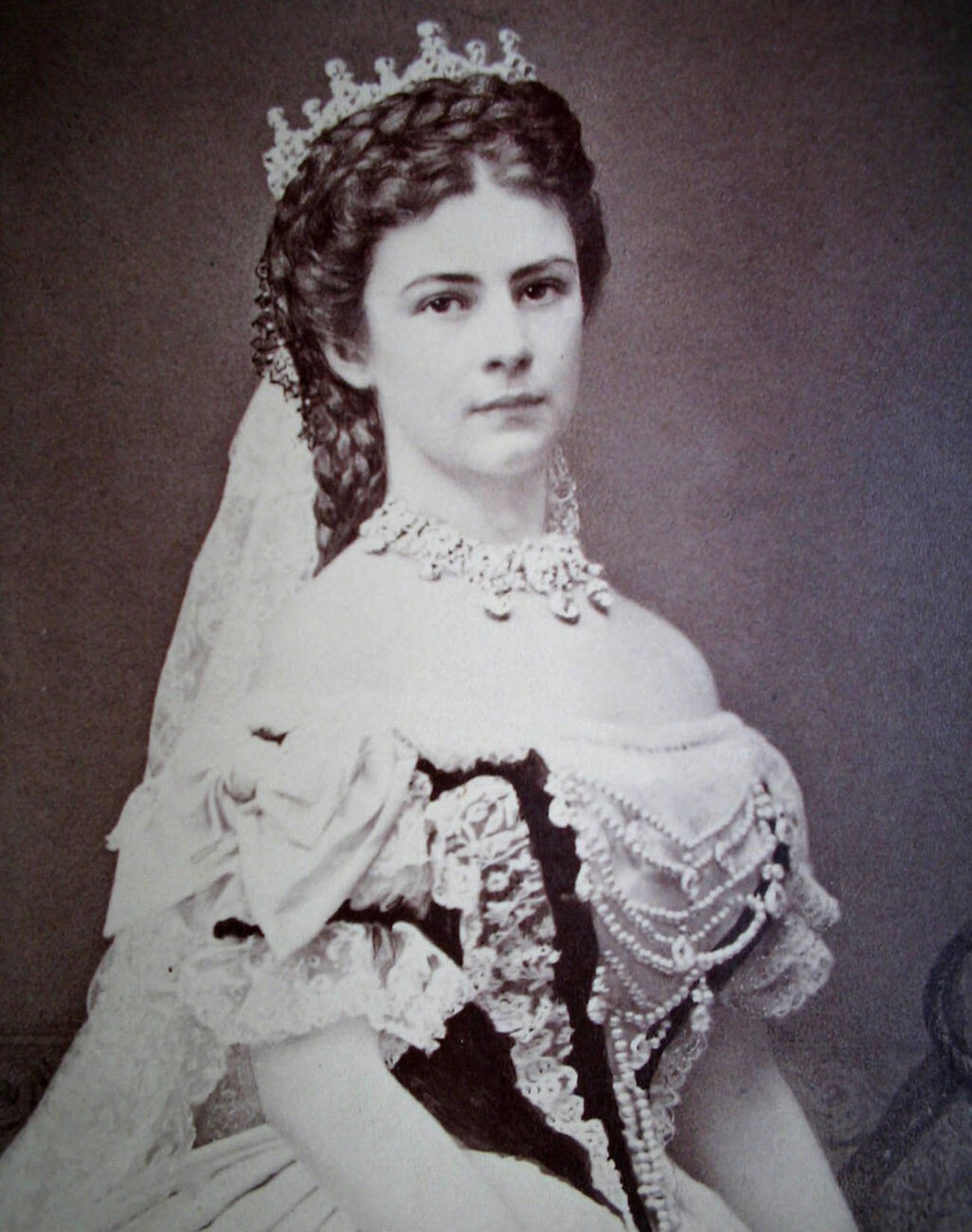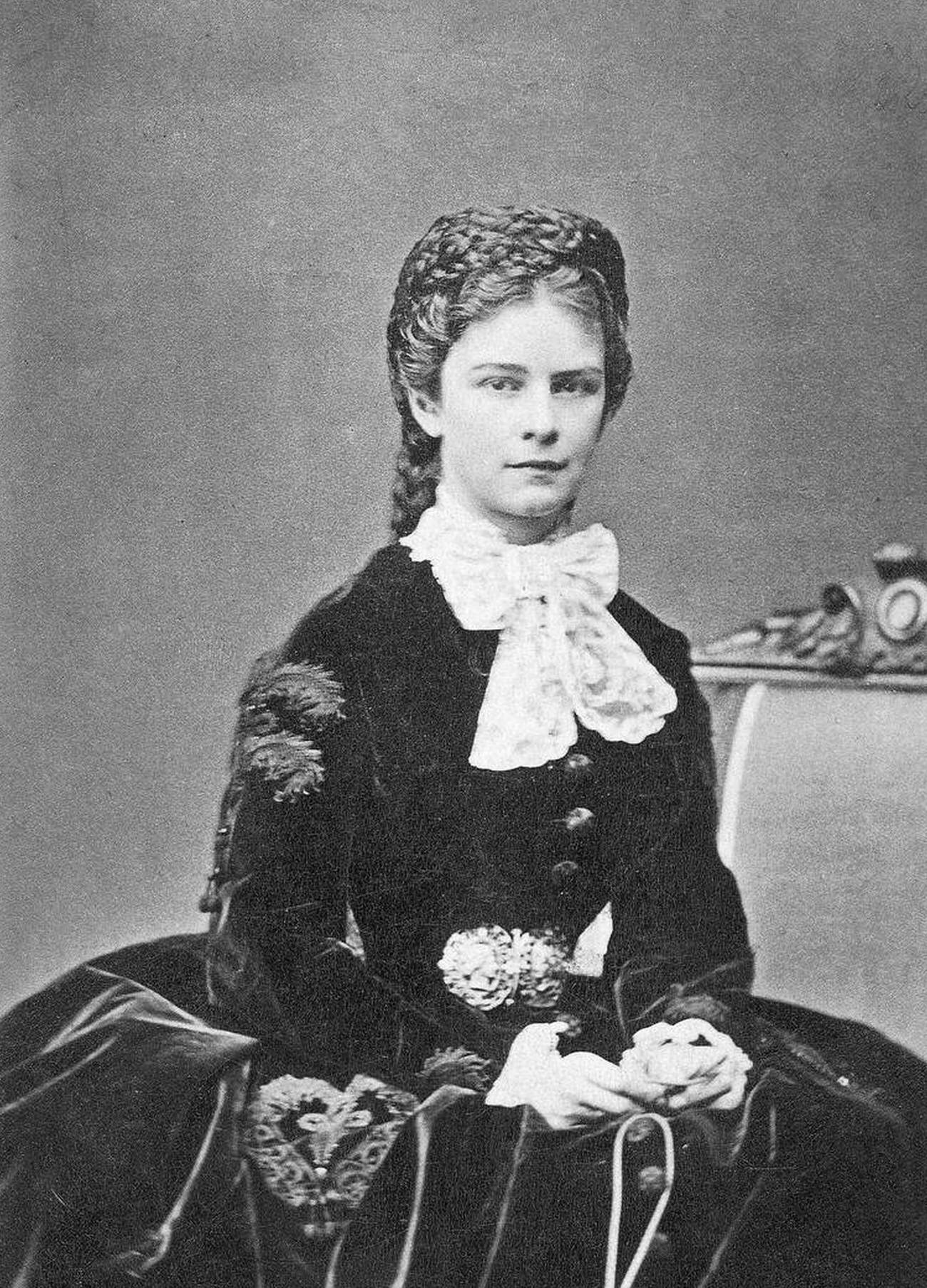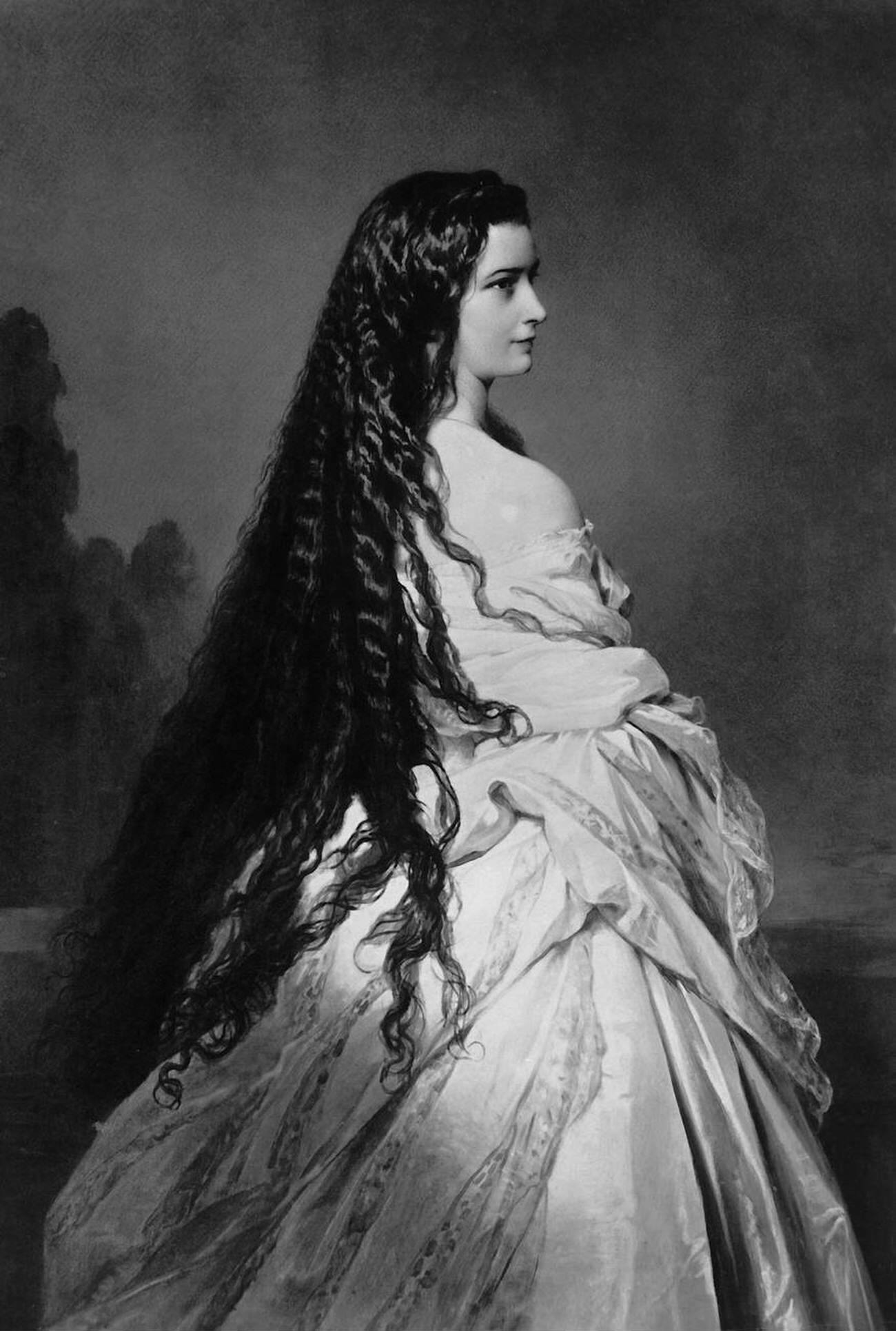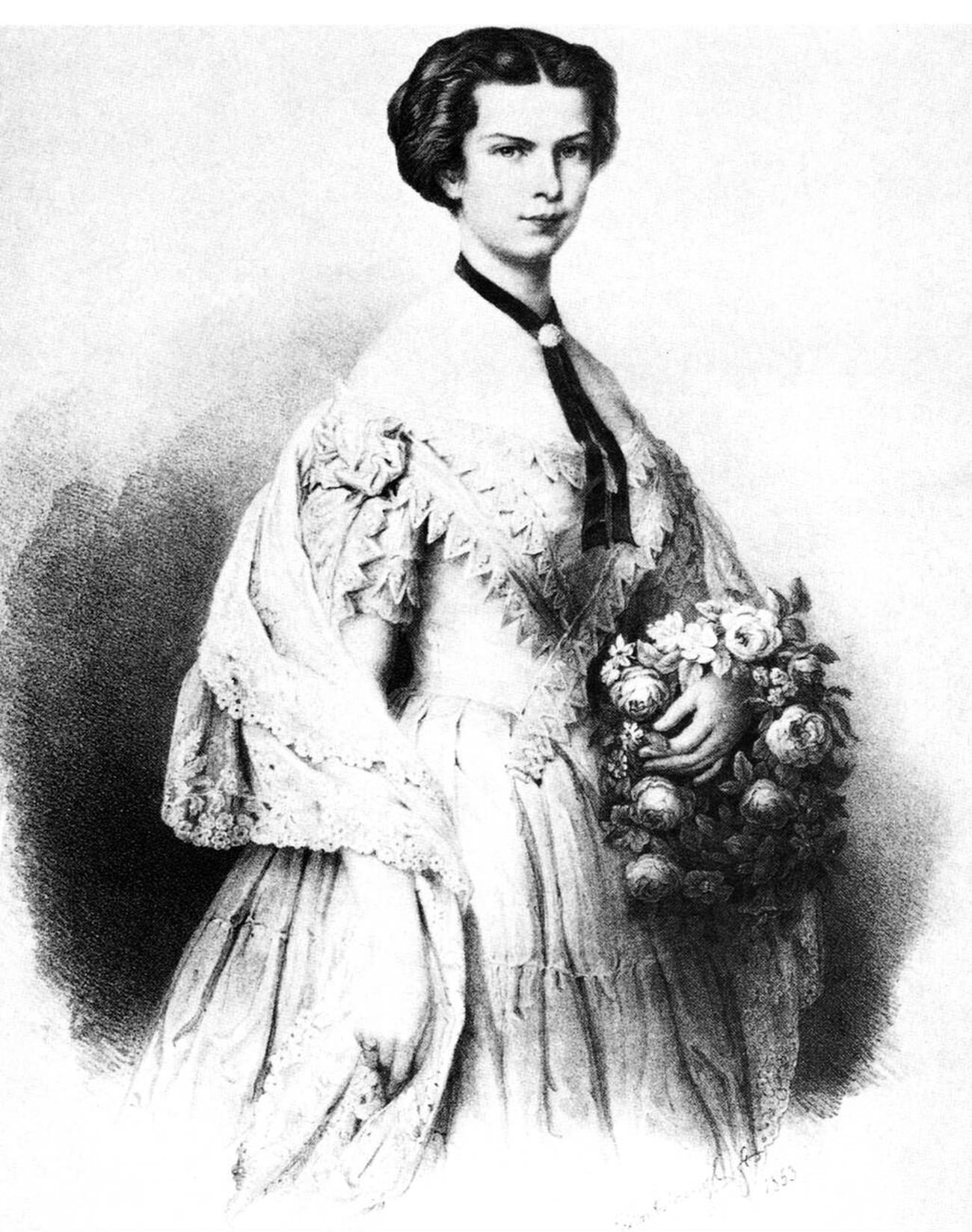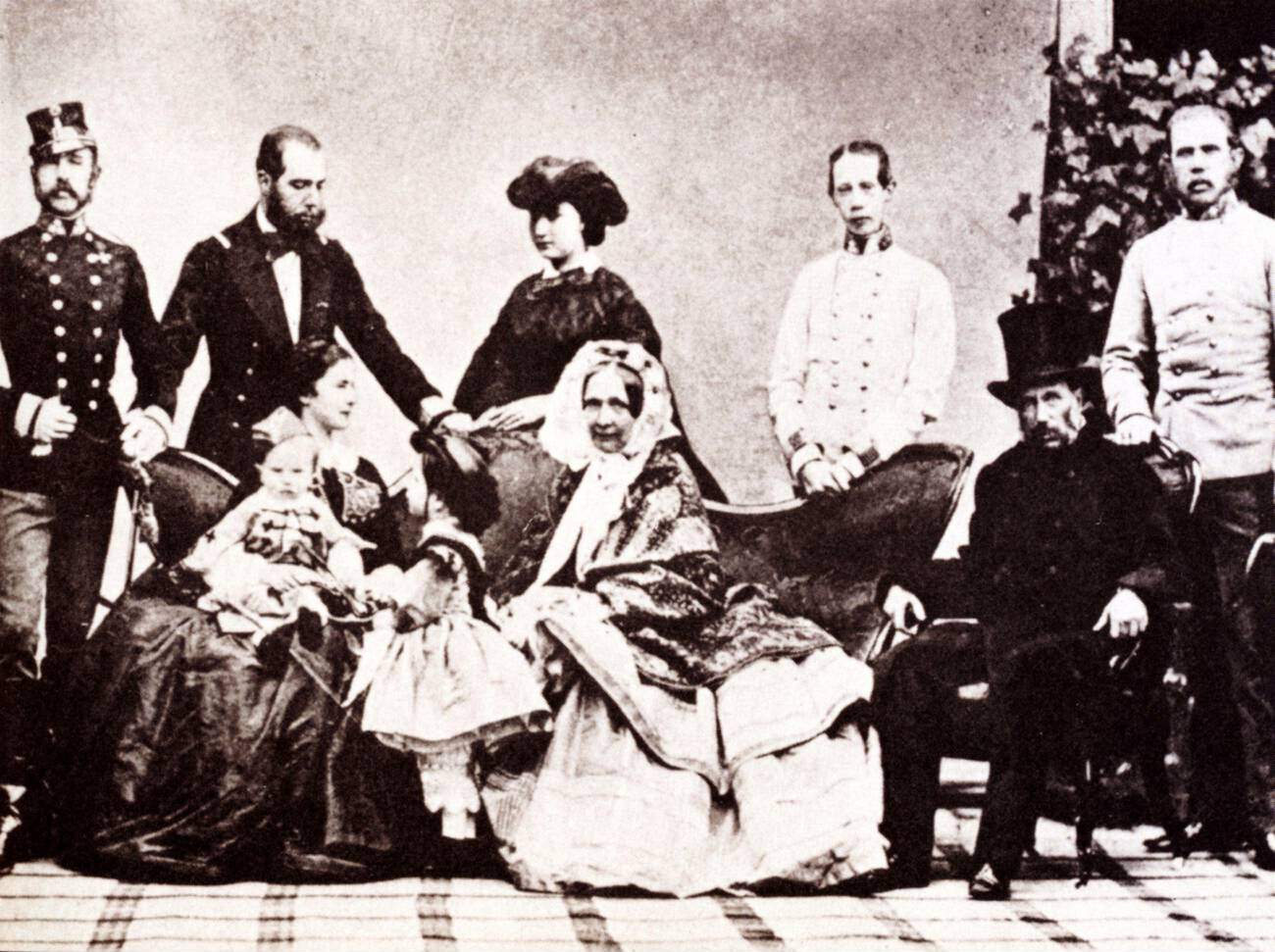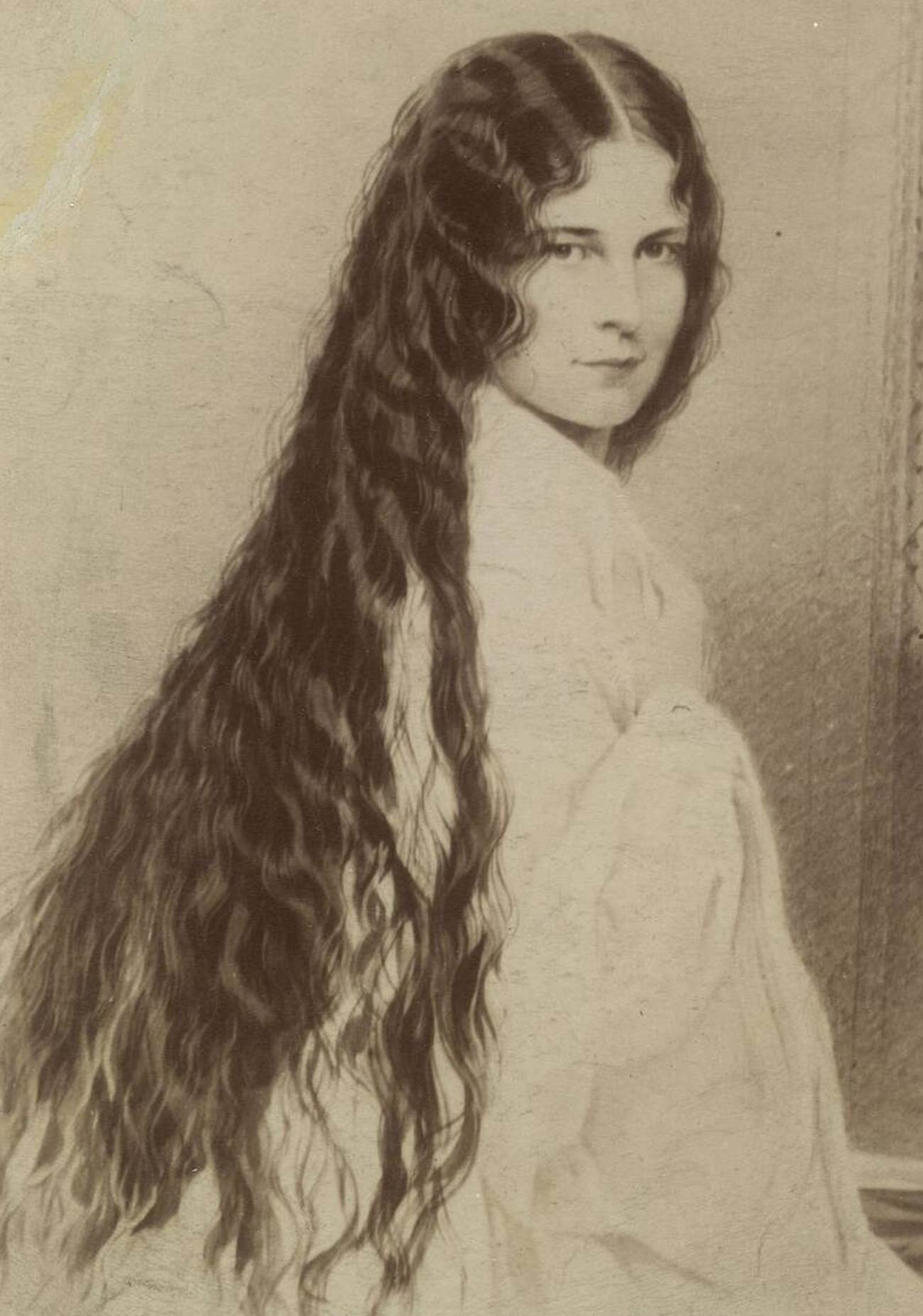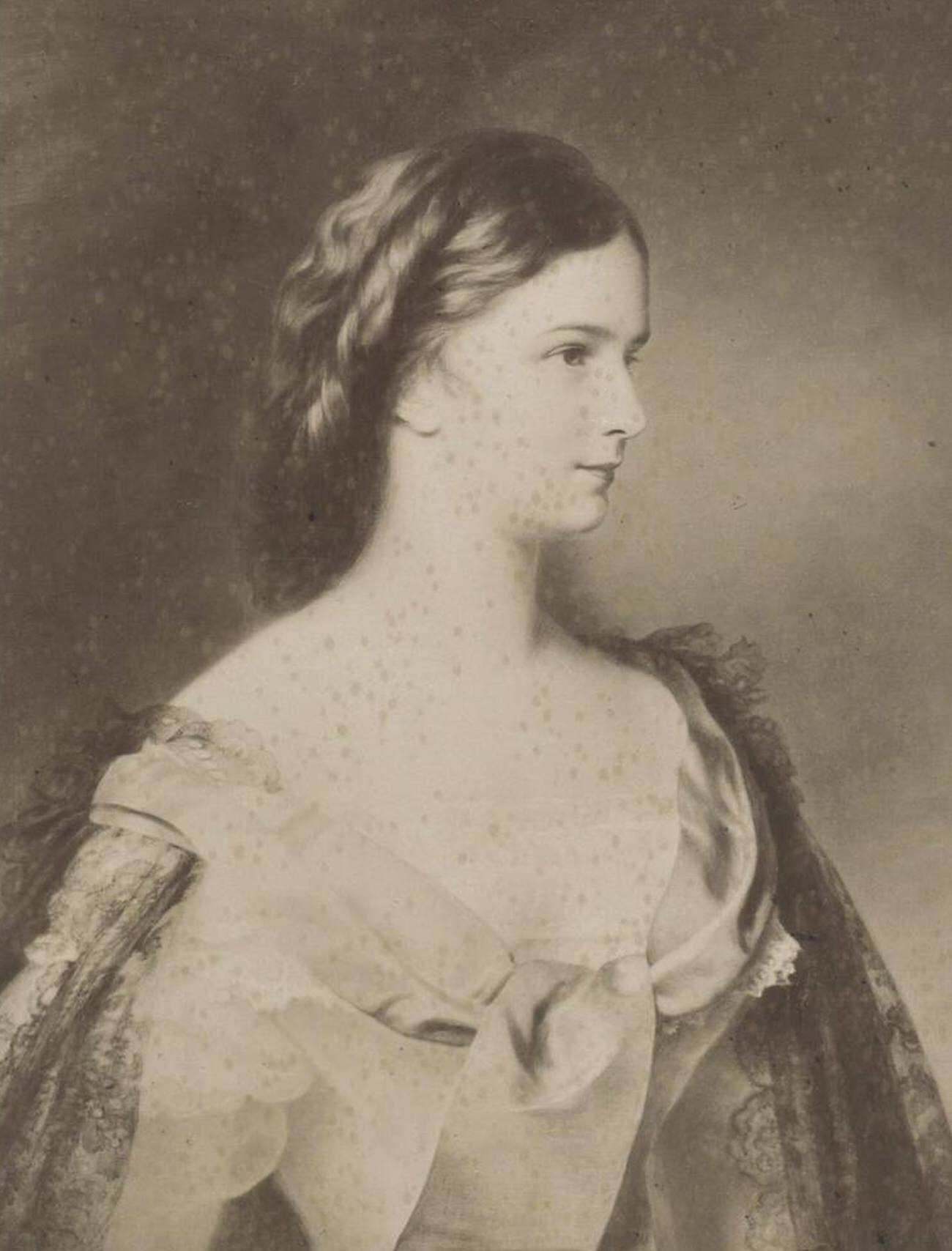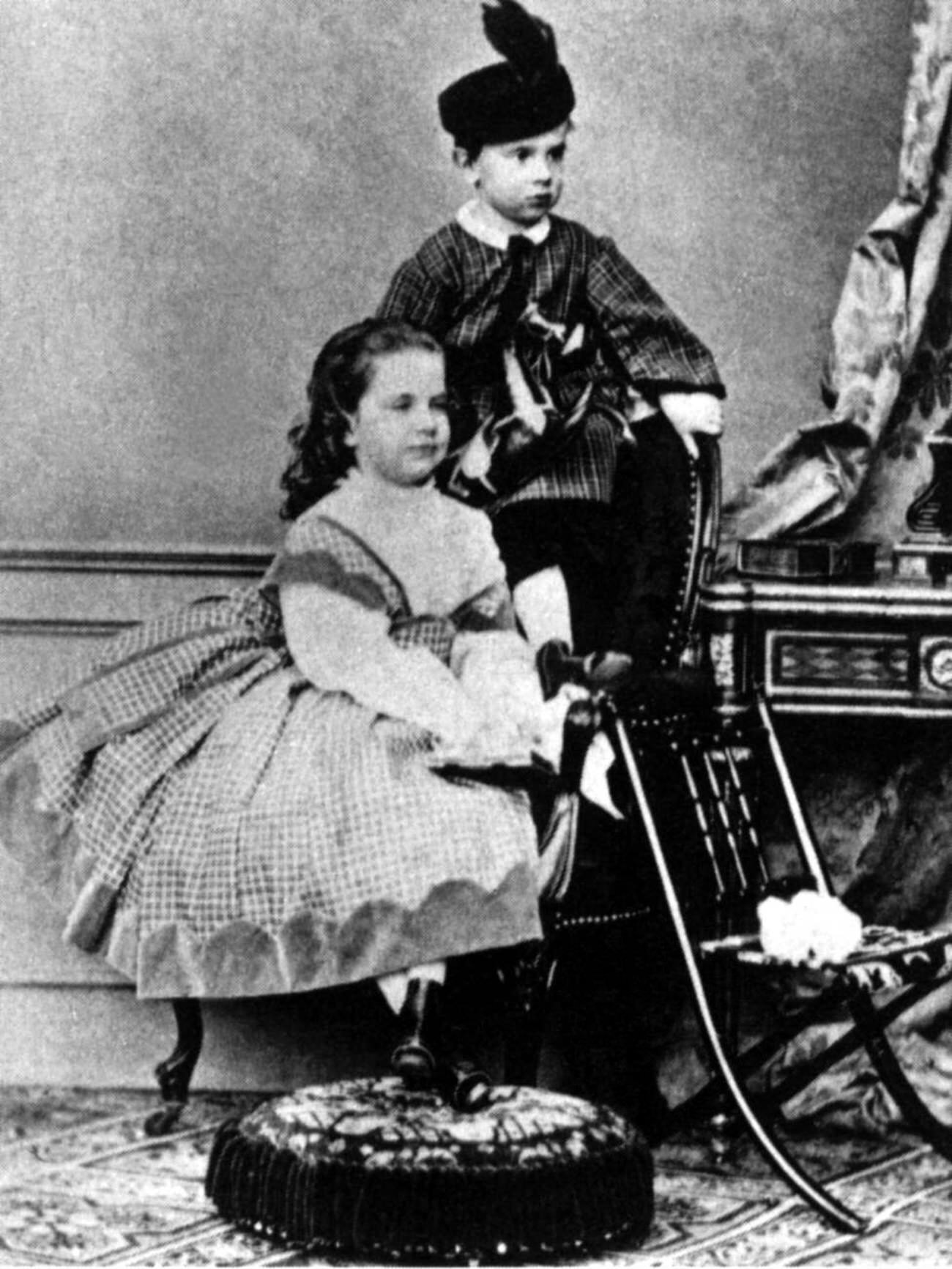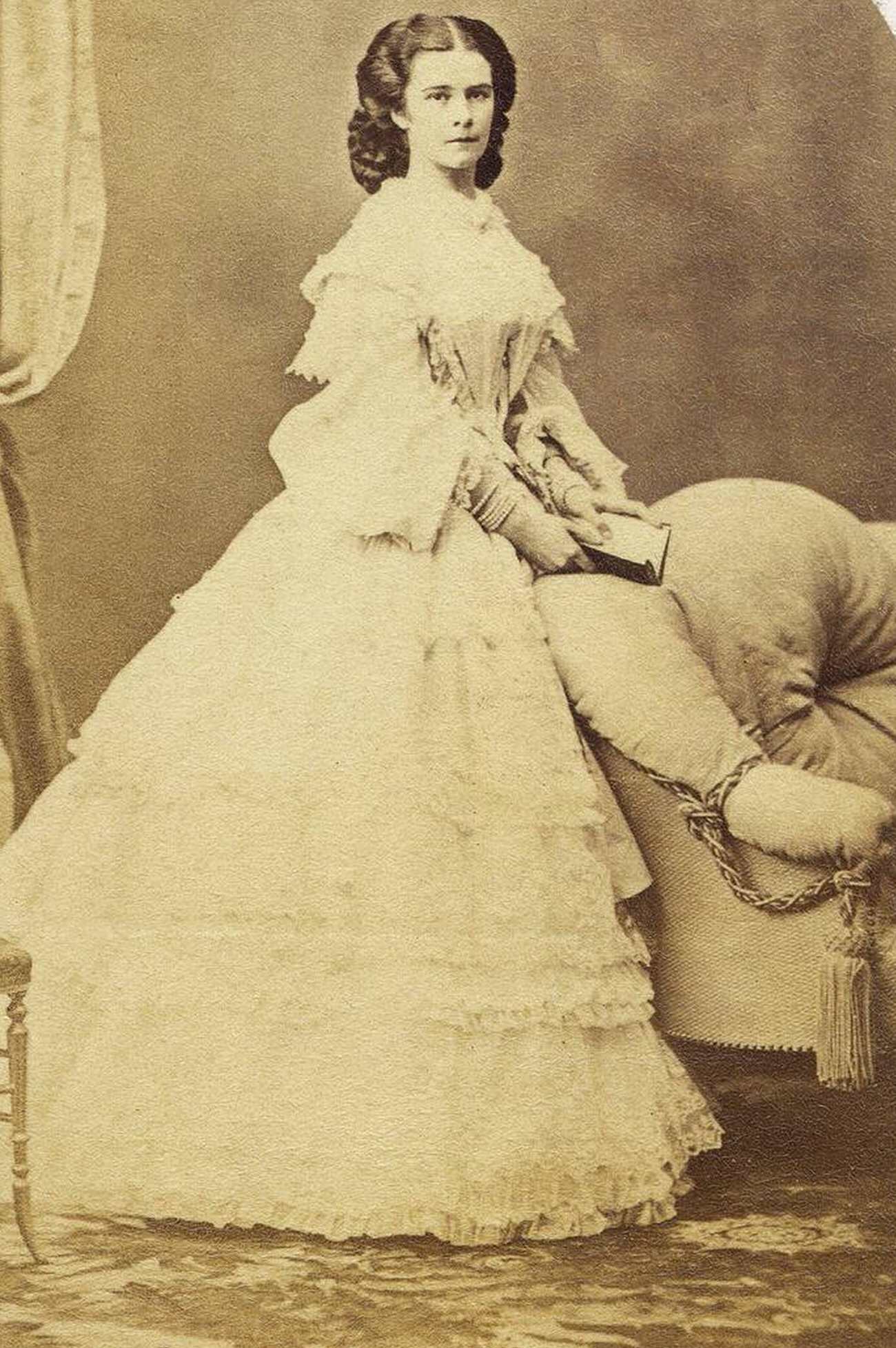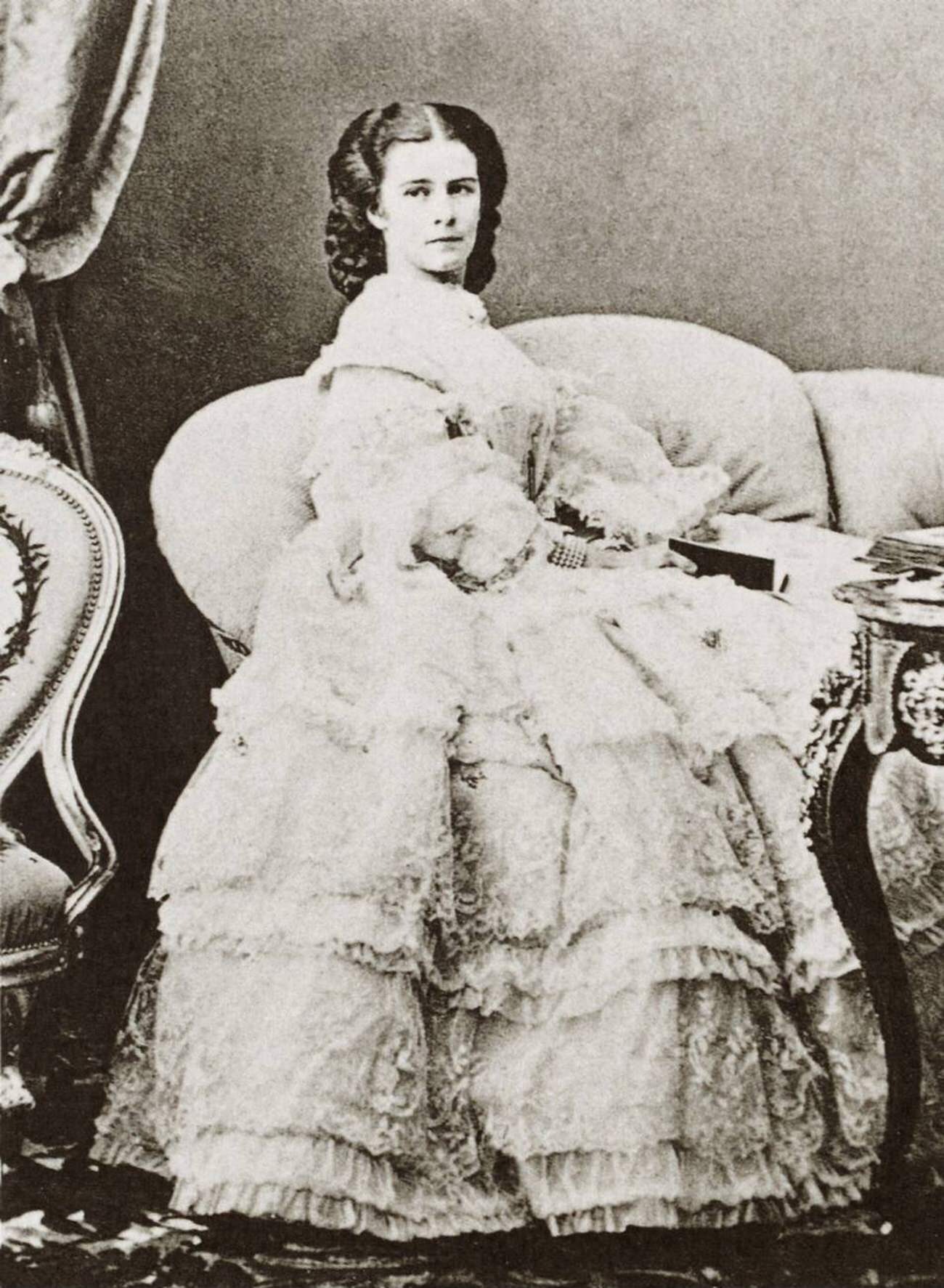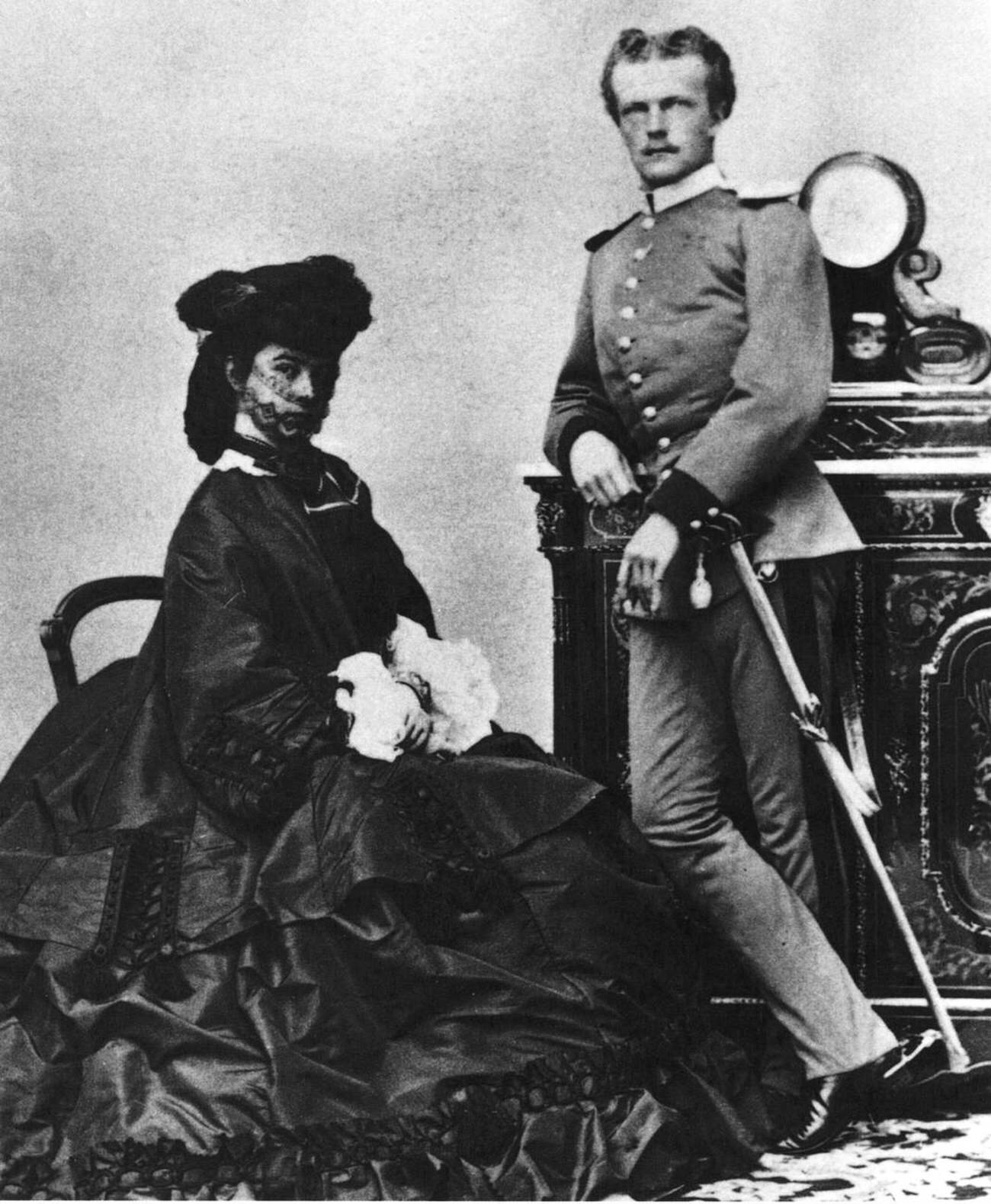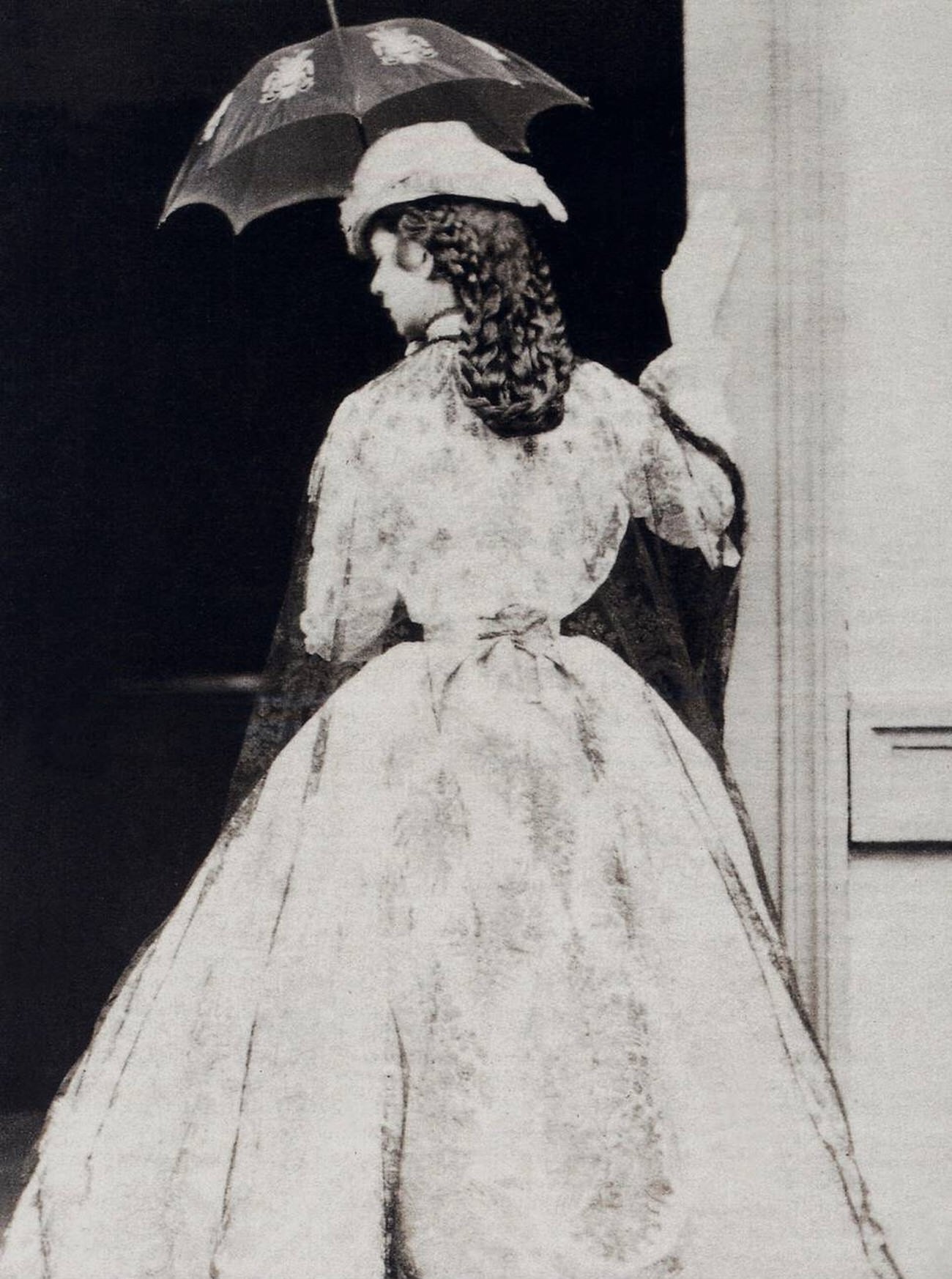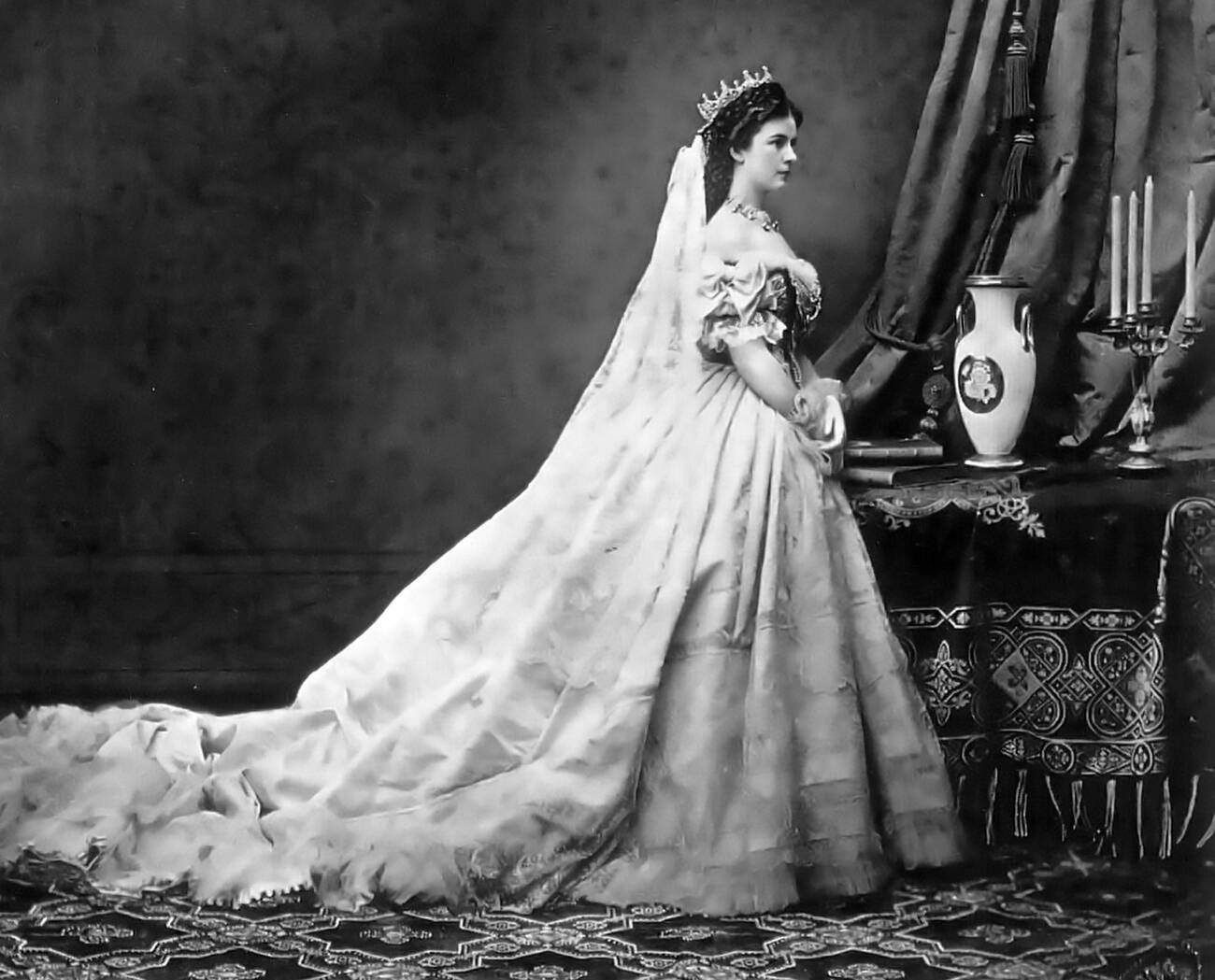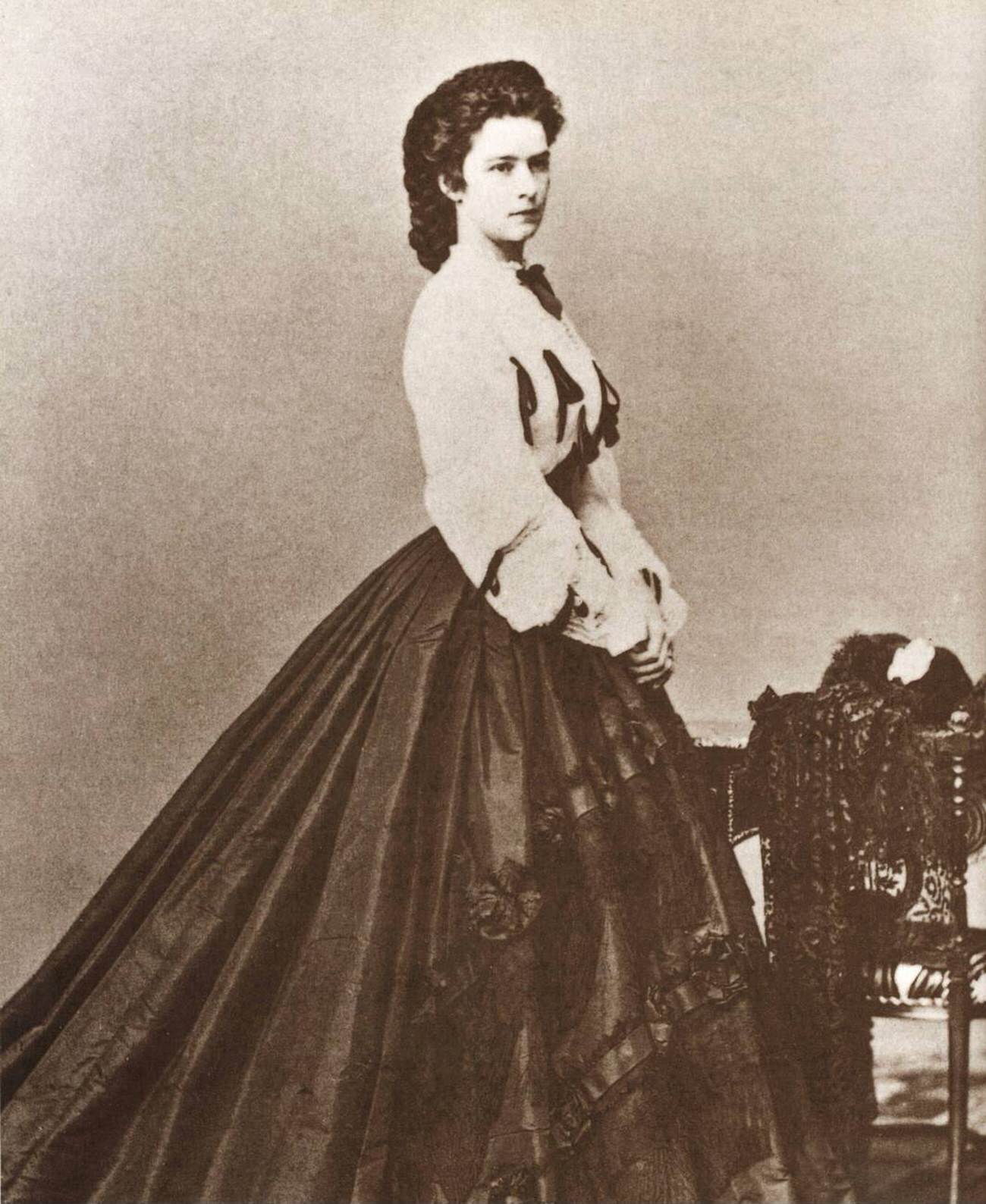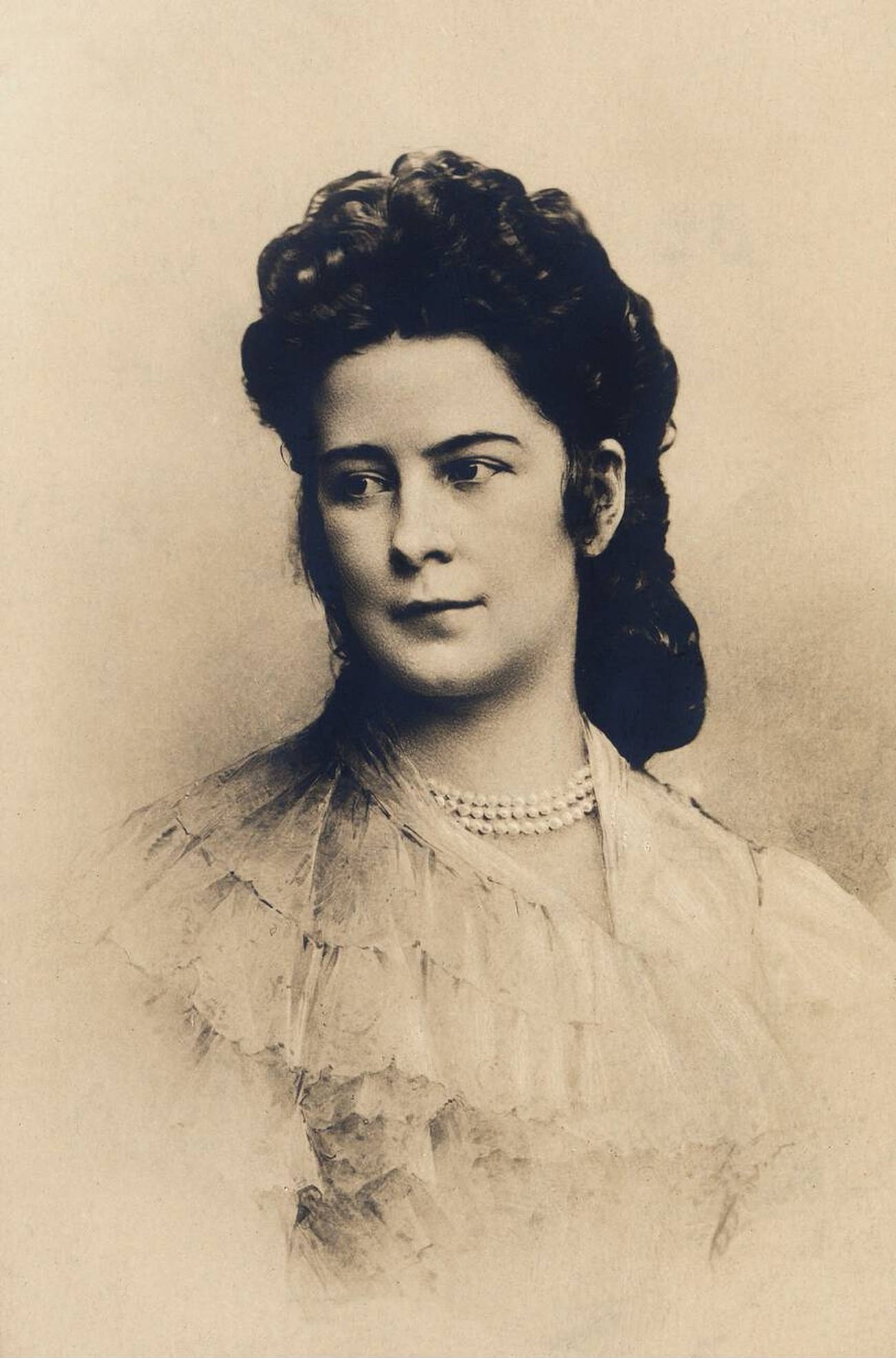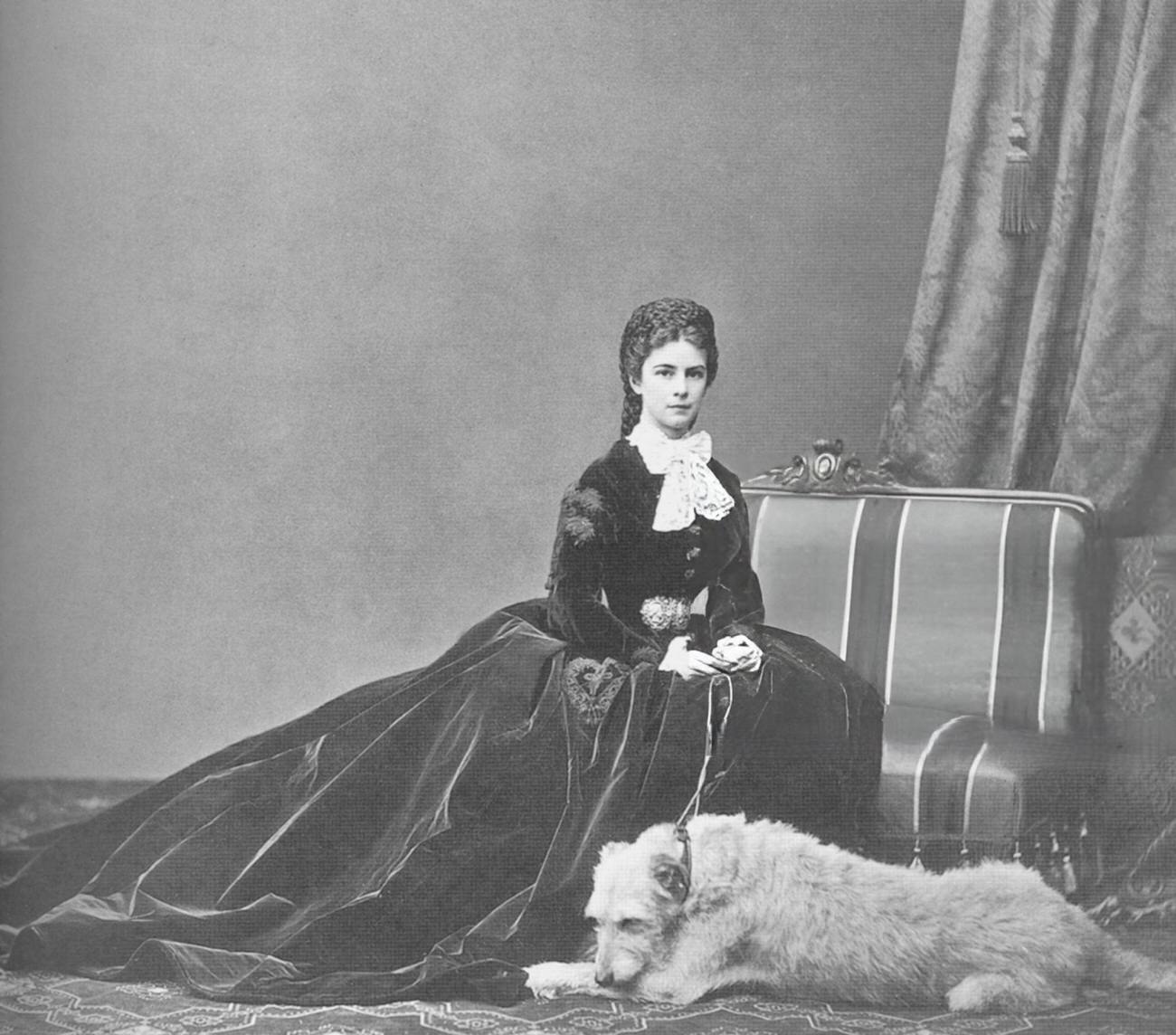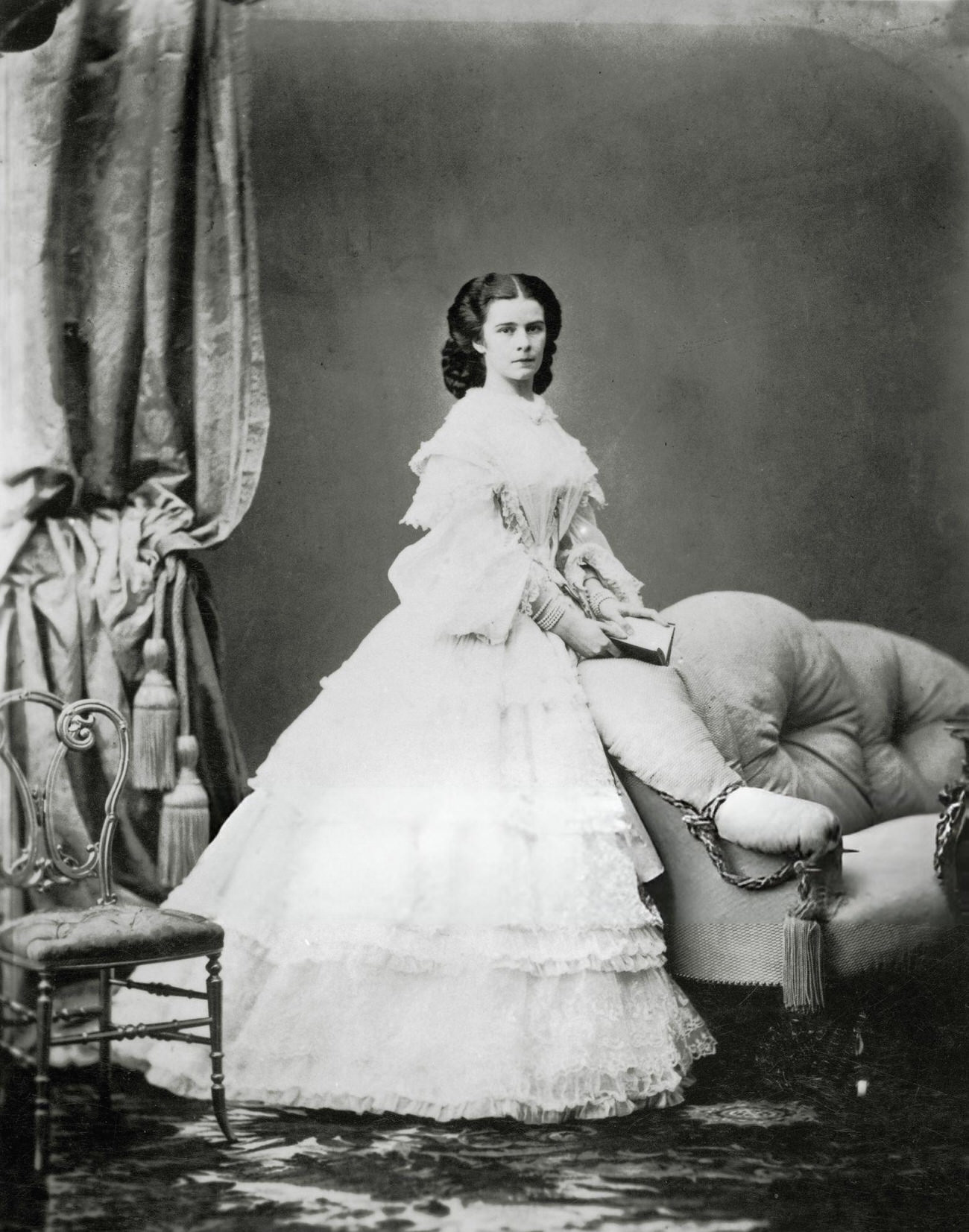Elisabeth of Bavaria (1837–1898), often known as “Sisi,” became Empress of Austria and Queen of Hungary through her marriage to Emperor Franz Joseph I. Her life was a complex mix of royal duties, personal struggles, and deep connections.
Born into the Bavarian royal house of Wittelsbach, Elisabeth had a relatively relaxed childhood. This informal upbringing contrasted sharply with the rigid expectations of the Habsburg court.
At the age of sixteen, Elisabeth married Emperor Franz Joseph I. This marriage propelled her into the highly structured world of the Austrian court, a world for which she felt unprepared. Early in her marriage, she faced difficulties with her mother-in-law, Archduchess Sophie. Sophie took charge of raising Elisabeth’s daughters. This created tension between the two women.
One of Elisabeth’s daughters, Sophie, died in infancy. This loss deeply affected Elisabeth. It added to the challenges she faced in adapting to court life. The birth of a male heir, Rudolf, improved Elisabeth’s position at court. A male heir was crucial for the continuation of the Habsburg dynasty. This event eased some of the pressure on Elisabeth. However, the pressures of court life took a toll on Elisabeth’s health. She frequently sought respite in Hungary, where she found a more relaxed and welcoming environment.
Read more
Elisabeth developed a strong connection with Hungary. She became a key figure in the establishment of the dual monarchy of Austria-Hungary in 1867. This political change gave Hungary greater autonomy within the Habsburg Empire. The year 1889 brought a devastating tragedy. Elisabeth’s only son, Rudolf, and his mistress, Mary Vetsera, were found dead in an apparent murder-suicide at Rudolf’s hunting lodge in Mayerling. This event profoundly affected Elisabeth. She never fully recovered from the grief of losing her son. This tragedy marked a turning point in her life.
Following Rudolf’s death, Elisabeth withdrew from many of her court duties. She began to travel extensively, often without her family. Travel became a way for her to cope with her grief. She was known for her intense focus on maintaining her youthful appearance and beauty. This was a significant preoccupation throughout her life. She followed strict beauty regimes. Her beauty was already well-known during her lifetime. She was admired for her long hair and slender figure. This image was widely circulated through portraits and photographs.
In 1898, while traveling in Geneva, Elisabeth was tragically assassinated. She was stabbed to death by an Italian anarchist named Luigi Lucheni. This violent end shocked the world. Elisabeth holds the distinction of being the longest-serving Empress of Austria, holding the title for 44 years. Her life was marked by both great privilege and deep personal sorrow.
Her early life in Bavaria shaped her personality and her initial struggles at the Austrian court. The contrast between her upbringing and the strict formality of the Habsburg court created internal conflict. The loss of her daughter and later her son were devastating blows that profoundly impacted her life. These personal tragedies contributed to her withdrawal from public life.
Her connection to Hungary played a crucial role in the formation of the Austro-Hungarian Empire. This political event significantly changed the map of Europe.
Her assassination brought a sudden and tragic end to a life marked by both triumph and tragedy. It created a sense of public mourning across the Austro-Hungarian Empire.


